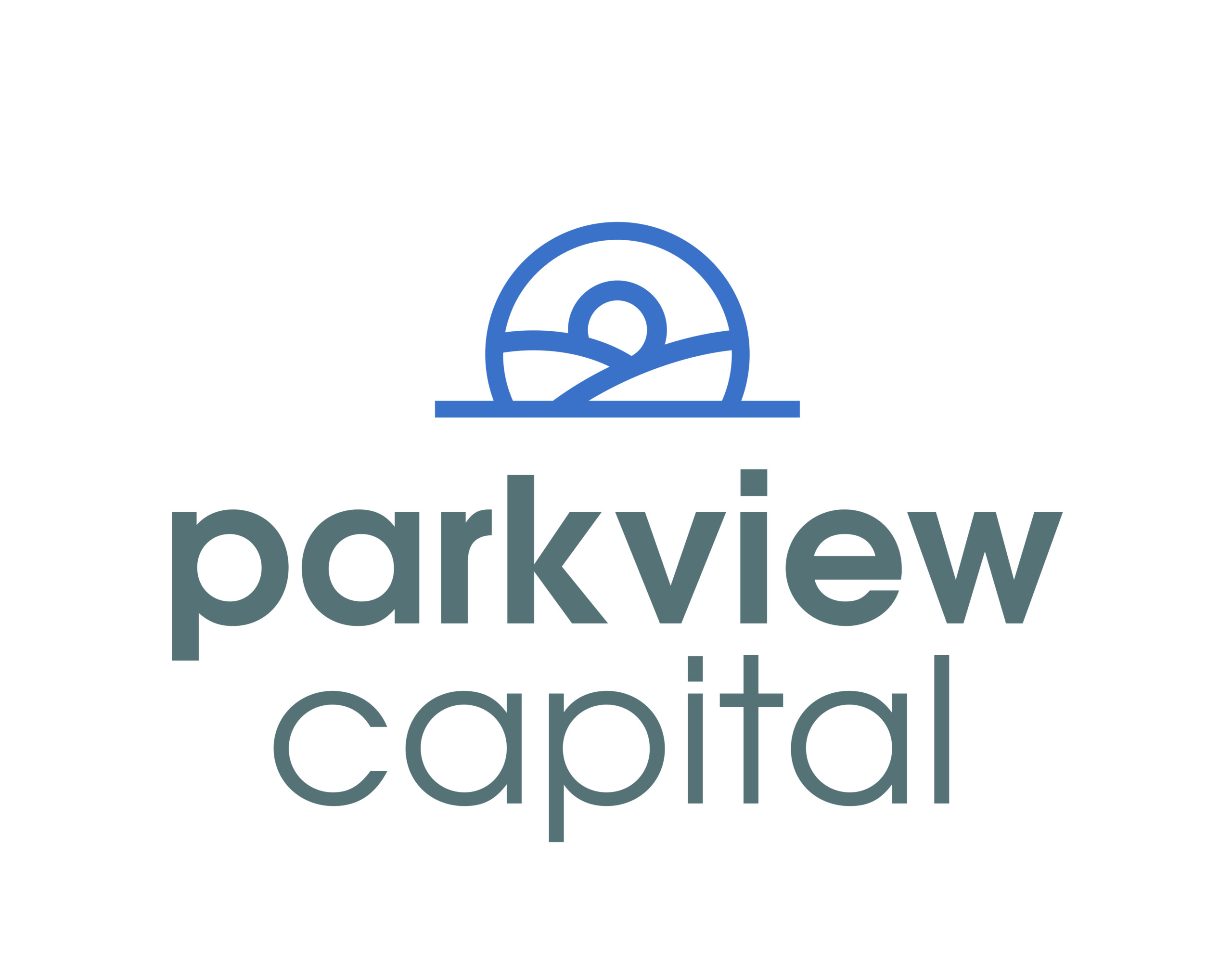
David Malmgren
Parkview Capital LLC
18021 Red Rocks Drive
Germantown, MD 20874
301.300.4345
Stock Indices:
| Dow Jones | 42,270 |
| S&P 500 | 5,911 |
| Nasdaq | 19,113 |
Bond Sector Yields:
| 2 Yr Treasury | 3.89% |
| 10 Yr Treasury | 4.41% |
| 10 Yr Municipal | 3.31% |
| High Yield | 7.26% |
YTD Market Returns:
| Dow Jones | -0.64% |
| S&P 500 | 0.51% |
| Nasdaq | -1.02% |
| MSCI-EAFE | 17.30% |
| MSCI-Europe | 21.20% |
| MSCI-Pacific | 10.50% |
| MSCI-Emg Mkt | 8.90% |
| US Agg Bond | 2.45% |
| US Corp Bond | 2.26% |
| US Gov’t Bond | 2.44% |
Commodity Prices:
| Gold | 3,313 |
| Silver | 33.07 |
| Oil (WTI) | 60.79 |
Currencies:
| Dollar / Euro | 1.13 |
| Dollar / Pound | 1.34 |
| Yen / Dollar | 144.85 |
| Canadian /Dollar | 0.72 |
Earning’s Season …. It’s a wrap…
According to FactSet, S&P500 companies have reported their Q4 2022 results with 69% beating their earnings estimates and 65% reporting revenues above estimates. As 2023 is underway, analysts are expecting earnings declines of roughly 3 to 5% in the first half of 2023, but growth in earnings is expected to pick up in the later half of the year.
Delving into the numbers, though companies slightly beat lowered earnings expectations, profit margins were significantly impacted with Apple and Alphabet (parent company of Google) showing declines in margins of -10% and -50% respectively. Margin compression was much be expected as inflation continued to drive expenses higher.
Macro Overview
Inflation worries persisted in February as government data revealed stubbornly elevated prices for food and energy. As a result, the Federal Reserve’s policy on additional rate increases continues to bombard the equity and bond markets. The Fed’s concern is that it might relent too soon in combating inflation, so it is expected to continue on its rate increase trajectory until economic data proves otherwise.
Recent economic terms highlighted in the media include soft landing and hard landing. A soft landing indicates a non-recessionary outcome after the Fed stops raising rates, while a hard landing denotes a recessionary environment. Many economists believe that it is too soon to determine which may occur, yet believe that an extended period of rate hikes likens the possibility of an eventual hard landing.
Stronger-than-expected employment data along with surprisingly resilient consumer demand drove the Federal Reserve to raise short-term rates, resulting in rates rising this past month. Mortgage and consumer loan rates rose in February, adversely affecting housing and consumer durables, where interest rates pose a significant factor.
Many analysts believe that the Fed’s current policy of ongoing rate increases might be hinged on stale economic data, including employment and consumer data. Economists view some of these data as lagging indicators, meaning that current economic conditions are not being properly represented.
Recently released data from the Bureau of Labor Statistics reveals that consumers are pulling back on cyclical goods such as clothes and electronics while focusing on food and essential products like toilet paper and toothpaste. Larger ticket items, which are more expensive products such as appliances and autos, are seeing a drop in sales as consumers redirect funds.
